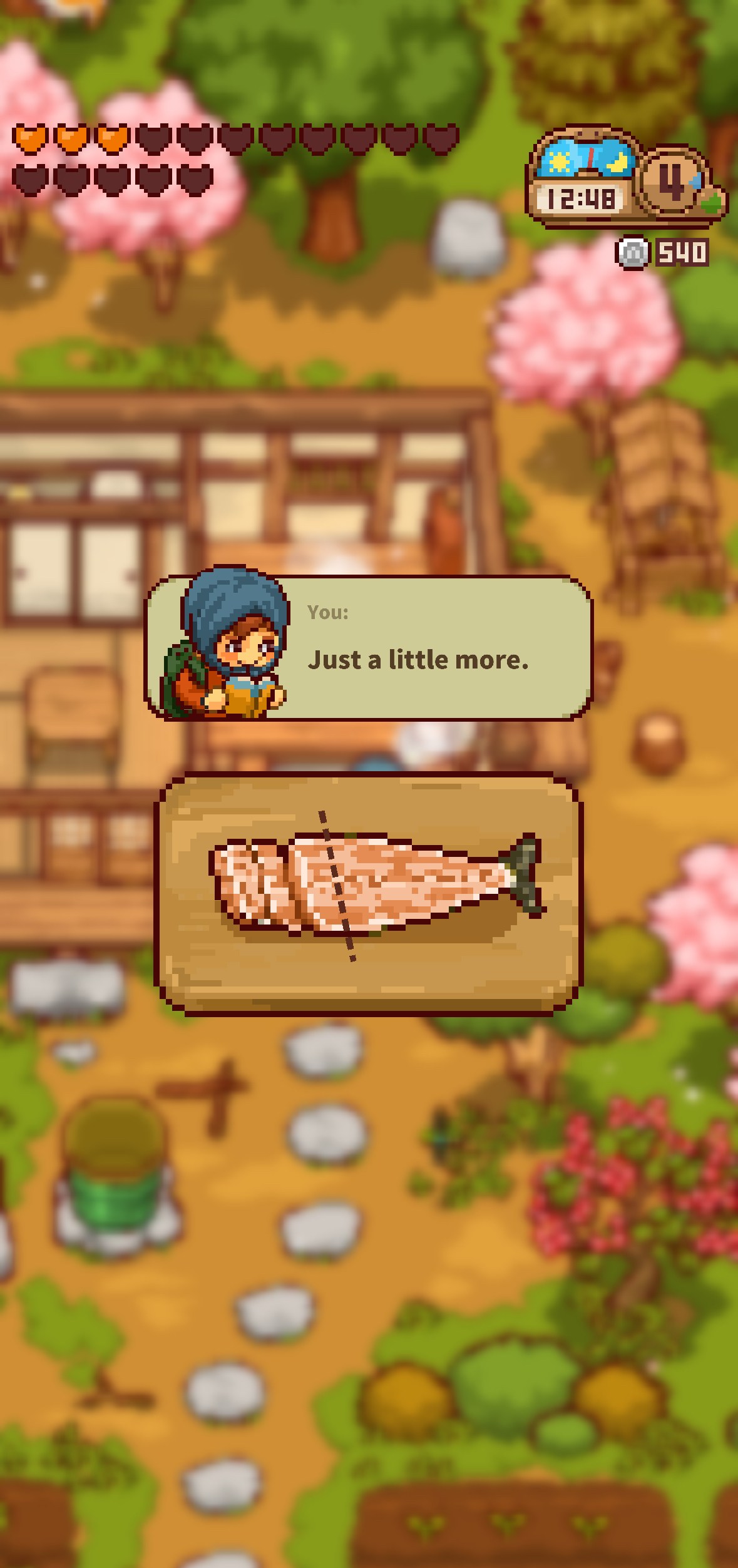Japanese Rural Life Adventure is exactly what it sounds like and more
Japanese rural life adventure is what it says on the box: it’s a 16-bit style farming simulation set in the countryside, and it’s full of hallmarks of the genre: you leave the city to arrive at a broken farm that you new breathe life into it as you Meet the townsfolk and become part of their community. But this one doesn’t feel cramped or lacking on mobile. In fact, it was designed for the medium.
Released in Apple Arcade on September 15, 2023, Japanese rural life adventure is not developer Game Start’s first foray into life simulations or pixel art – which the studio is also responsible for Survival of the small island And Little Pixel Farmboth of which have a nostalgic appearance.
“When developing a new game, we try to create images of different worlds using pixel art (e.g. a desert island, outer space, a museum, an amusement park, etc.),” Game Start founder Takeo Fujita said in an e-mail. -email interview. . “When we drew ‘rural Japan’, we thought ‘this will definitely get users excited,’ and we uploaded the image to social media. The response was beyond our imagination, so we started full development of a game with a ‘rural Japan’ motif.”
And that motif is extremely successful in the game – so much so that I started looking for images of a real place that the city evokes in the game. It’s hilly and filled with remnants of the past, like abandoned shrines and overgrown stone walls, and I can almost smell the petrichor of the misty mornings on the mountainside. But according to Fujita, finding such a place in real life is no easy task.
“There is no electricity or gas infrastructure and water is drawn from springs and rivers. It can be hard to find a place like this in today’s Japan,” said Fujita, making it clear that despite its rural nature, the game is set in modern times. “An old people’s house deep in the mountains, quietly left behind by the current of modernity. This is the setting of the game.”
However, your goal in the game is not to bring more modernity; it’s just to make the place more livable for you and the other people who live there. You will set up a shrine where you can worship every day. You polish the scratches and grime out of a grumpy neighbor’s old car. You work on your farm and grow food to cook and feed your various pets.
The game contains the expected elements, such as the energy that decreases as you complete tasks and gifts that increase your relationship position with others. But that’s not the focus of the gameplay. The motivation to keep playing lies in opening new areas on the map – including the mystical realm just added in the October 17 game update – and celebrating as many cultural moments as you can, some of which are the greatest part of an in-game year to prepare for.
Those cultural elements – like the recipes and the gosekku – shedding light on old and new traditions, religious and secular. For example, you will participate in the spring ohanamiwhich simply means admiring the blooming flowers. In the winter you do the ‘big cleaning’, where you clean your house in preparation for the new year.
“We have also selected a balanced selection of traditional Japanese events held in each period: spring, summer, autumn and winter. “We also wanted to introduce players to ‘Japanese food’, so we developed a cooking mini-game,” Fujita said.
The cooking mini-game is a joy to play and fills the entire screen so you don’t have to squint to click on the right pot or bowl. Every mini-game is well thought out, including fishing – optimized for touchscreens with a tap-to-reel mechanism.
Overall, the game is a stripped-down version of a farming simulation, but that doesn’t mean it lacks depth; it just means that instead of 28 days a month there are two, and instead of endless quests, there are focused quests. that arise as you progress.
However, the daily quests could use some work. You can grab one every 24 real-time hours, but there’s no mechanic to remind you to do them, nor a notification that you’ve failed when the time is up. Nevertheless, the game doesn’t really need those daily quests, as you can play anywhere from two minutes to several hours Japanese rural life adventure.
The October 17 update, which throws players into a “mysterious world where ghosts live,” isn’t the last one Game Start has planned.
“This year, and even next year, we will be adding new areas where you can experience Japanese culture and which will be represented in pixel art. We also want to add as many player requests as possible,” said Fujita.
So if you’re looking for a mobile-friendly farming simulation (that’s portrait mode and landscape mode, commuters) that you can play for weeks, Japanese rural life adventure won’t disappoint you. I’ve been updating my farm on and off for a year since the game came out, and I still haven’t made any new discoveries.
Japanese rural life adventure was released on September 15, 2023 on iOS and Mac. The game was reviewed on an iPhone using an Apple Arcade subscription from Apple. Vox Media has affiliate partnerships. These do not influence editorial content, although Vox Media may earn commissions on products purchased through affiliate links. You can find Additional information about Polygon’s ethics policy can be found here.

